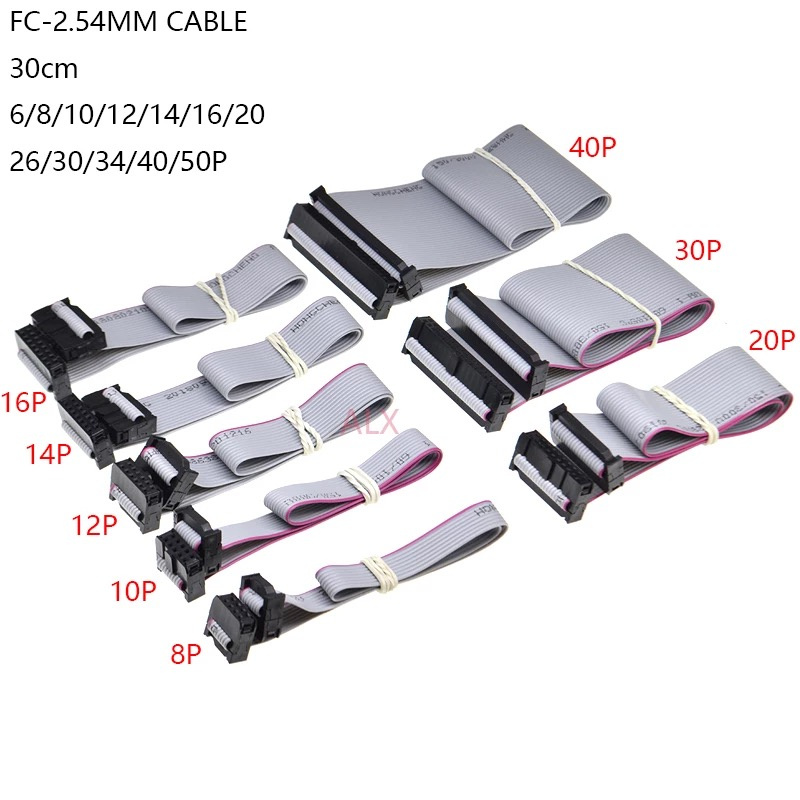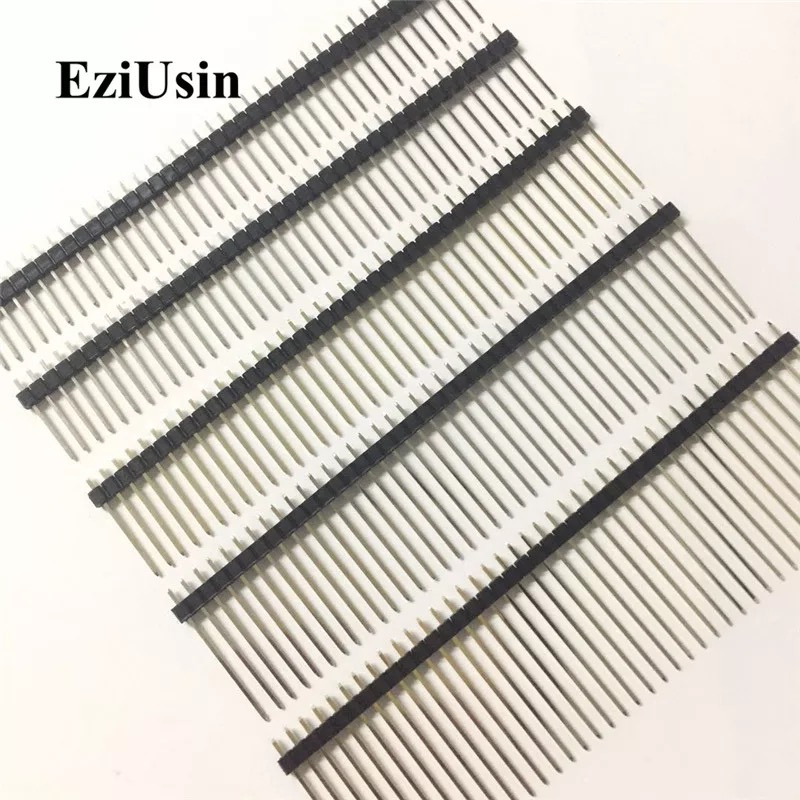Answer the question
In order to leave comments, you need to log in
Answer the question
In order to leave comments, you need to log in
Soldering courses on YouTube - row with a shovel.
Solder using solder and be sure to rosin. A similar effect was observed with insufficient use of rosin and wire stripping.
The end of the wire that is inserted into the breadboard must be of sufficient thickness. Otherwise, it may turn out that it seems to be stuck, but there is no contact.
This type of wire is usually very thin, don’t take it - you are tormented: https://aliexpress.ru/item/4000286450405.html
These are the ones with BLS connectors at the ends - it’s already better: https://aliexpress.ru/item/32951870747. html
(Links solely for the sake of pictures) Or tin the wire of the desired thickness yourself.
It is desirable to make a maximum of internal connections with such jumper wires: I also use flat cables plus long combs 
where there are many connections to the outside (for example, a display)
. But in general, it is much more convenient. 

That's the way it should be.
This is a breadboard, not for permanent work, but purely to try, assemble quickly and make sure that the idea is workable, then it is easy to disassemble and assemble another circuit.
If you need a more secure fixation, a soldered breadboard looks like a sieve.
You insert the parts into the board as it turns out, solder, then solder the wires to connect the necessary contacts.
Didn't find what you were looking for?
Ask your questionAsk a Question
731 491 924 answers to any question